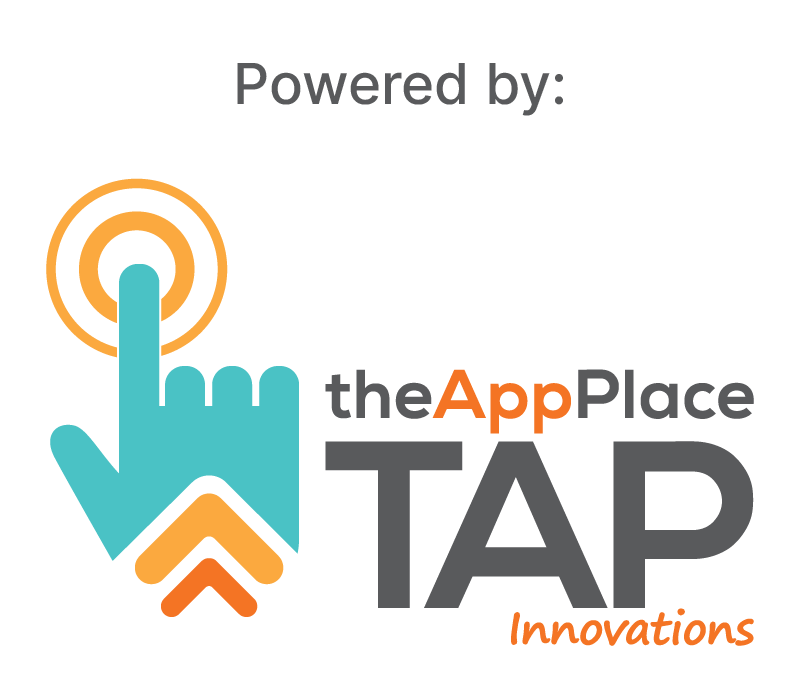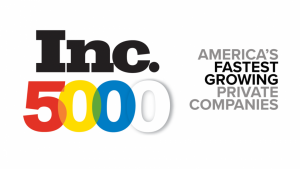A CEO’S Journey of Digital Transformation: John Ragsdale’s Appearance On ‘Muddy Waters, Clear Vision’
Leadership Through Change: John Ragsdale on ‘Muddy Waters, Clear Vision
Irving, TX March 2024.
In a recent enlightening episode of the “Muddy Waters, Clear Vision” podcast, John Ragsdale, the visionary CEO of TAP Innovations, detailed his journey from a modest upbringing in South Georgia to leading a pioneering company at the forefront of digital transformation. Ragsdale’s story is not just a testament to entrepreneurial spirit but also an inspiring blueprint for building a business that genuinely makes a difference.
Under Ragsdale’s leadership, TAP Innovations has become synonymous with revolutionizing organizational processes through digital solutions, demonstrating the transformative impact of incremental improvements on profitability. With a belief firmly rooted in the power of technology and innovation, John has led his company to unprecedented heights, illustrating that a focus on enhancing operational efficiency by even a small margin can lead to exponential growth.
A pivotal aspect of John’s success story is his emphasis on mentorship and learning from others. Drawing inspiration from his father, a sports coach imbued with strong Christian values, Ragsdale highlights the importance of collaboration, resilience, and the invaluable lessons learned through embracing challenges. This foundation has not only shaped his personal growth but also defined his approach to leadership at TAP Innovations.
As CEO, Ragsdale’s philosophy extends beyond business acumen to foster a culture of support, community involvement, and work-life balance. His commitment to creating a positive work environment, supporting community initiatives, and promoting professional growth among his team demonstrates a leadership style that is both compassionate and effective.
John Ragsdale’s dedication to making a meaningful impact is evident in his active support for engineering education through scholarships, emphasizing the role of impactful leadership in shaping the future. His experience from managing a side hustle to achieving substantial revenue growth with TAP Innovations is an example of inspiration for aspiring entrepreneurs everywhere.
Reflecting on his journey, Ragsdale’s unwavering commitment to success, stewardship, and leaving a legacy that honors his values is a powerful reminder of the impact one individual can have. His story is a testament to the idea that true success comes not just from financial achievements but from the ability to inspire, lead, and give back to both the community and the individuals who contribute to a company’s success.
John Ragsdale’s appearance on “Muddy Waters, Clear Vision” is more than just a podcast episode; it’s a call to action for current and aspiring leaders to envision a path to success that is both profitable and profoundly impactful. You can listen to the full podcast episode here.
About Muddy Waters, Clear Vision Podcast
Muddy Waters Clear Vision is a podcast that delves into the experiences of Louisiana’s entrepreneurs, sharing their beginnings, mentors, and leadership approaches. It explores their challenging moments, lessons learned, and the impacts they hope to make. The podcast aims to guide the next generation of entrepreneurs, offering insights into their successes and future aspirations. It’s a celebration of entrepreneurship, community, and leadership within Louisiana, inviting listeners to join this insightful journey. Visit https://muddywatersclearvision.com/ to learn more.
About TAP Innovations
theAppPlace (TAP) Innovations, a minority-owned business certified by Texas SBA®, delivers cloud-based solutions to eliminate Manual Efforts and SpreadSheets (MESS). TAP Innovations…THE Integrated Digital Toolbox™ automates manual processes and greatly reduces spreadsheet sprawl, actions data into information, and performs intelligent content organization across people and entity enterprises. A growing set of Digital Tools for HCM, CRM, Business Intelligence, Integrations, and more are web and mobile-enabled and quick to fill data interoperability gaps with core business systems. TAP Innovations solutions have been implemented to streamline business processes for leading organizations with 50-15,000+ employees. Visit http://www.tapinnov.com/ to learn more.









